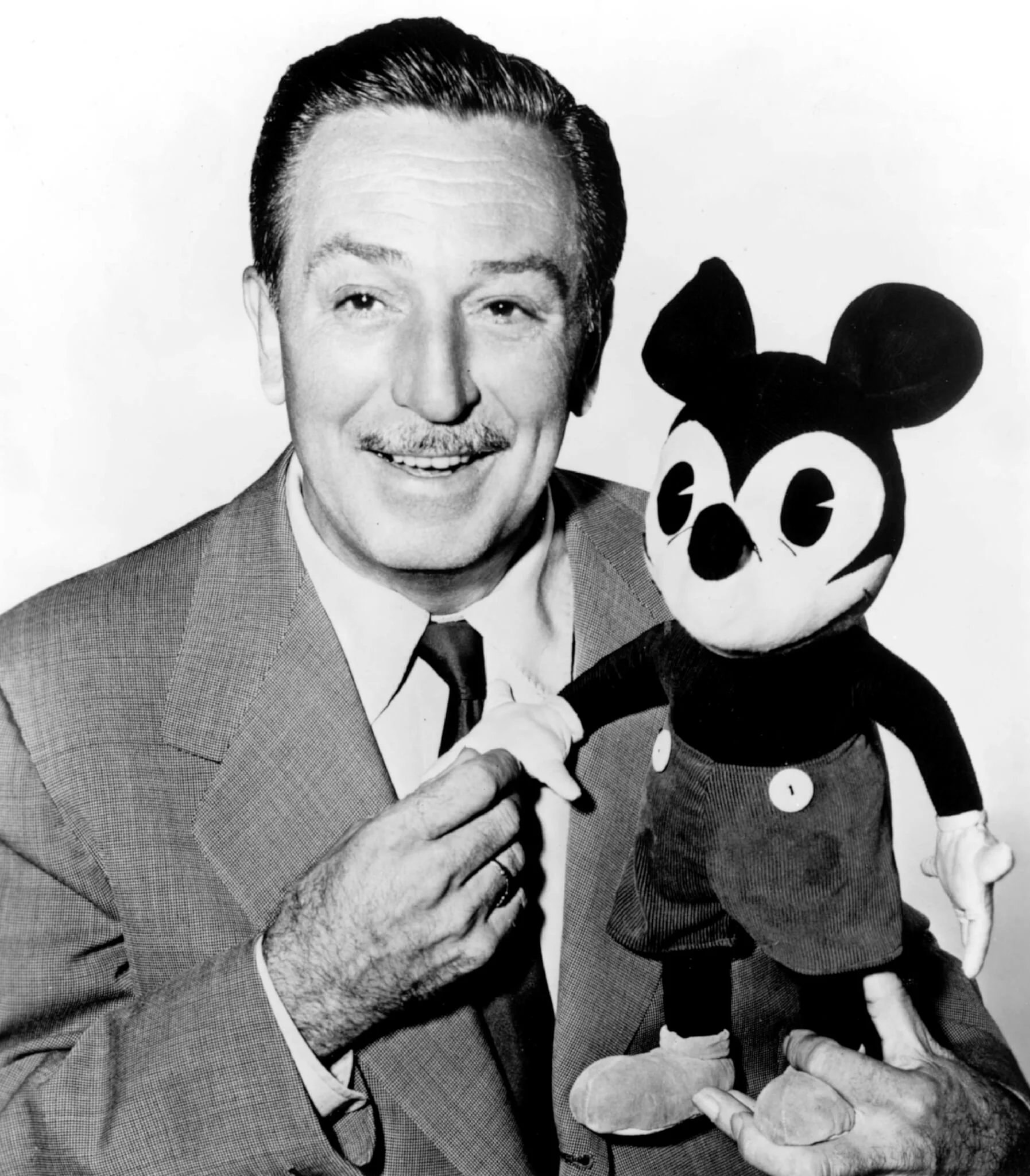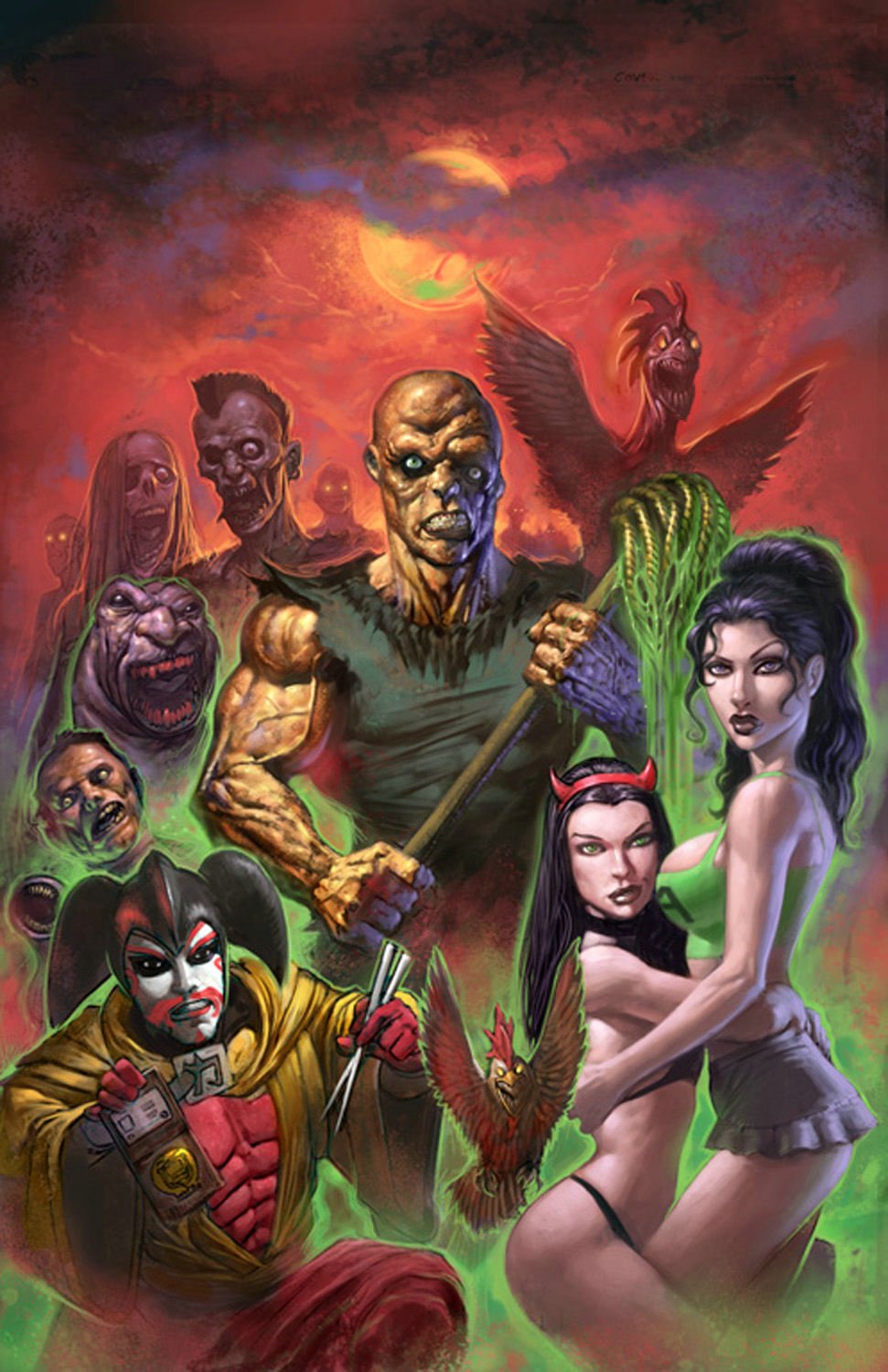
Adult animation, what is it?
Animation is typically thought of as a genre for children and families – there’s no getting around that. The earliest animated shorts produced in the West were inspired largely by comic strips, and grew more sophisticated via theatrical forms like puppetry and pantomime – forms that have long traditions for all audiences in some societies (Japan, for example), but were similarly thought of as the province of children in Europe and the U.S. Even before the omnipresence of Walt Disney solidified the idea that animation was for kids, “adult cartoons” were a fundamentally niche concept.
DISNEY
Not that filmmakers didn’t try to make it otherwise: Warner Bros’ Looney Tunes team famously peppered their ostensibly youth-oriented talking-animal shorts with a sarcastic sensibility and pop-culture references meant to hold an adult attention-span, and no less than Walt Disney himself envisioned 1940’s Fantasia (which paired abstract and expressionist animated sequences with classical music conducted by Leopold Stokowski) as a bid for establishing animation’s capability for more sophisticated subject matter. Unfortunately for Walt, mainstream audiences largely shrugged the film off until its popularity was revived in the ’70s, largely as a “trip” experience for psychedelic drug users.
Fantasia is an extraordinary piece of work that certainly stands out among other Disney animated classics. After a good hour or so of light-hearted sequences involving dancing mushrooms and twirling hippos, this section features a mighty demon called Chernabog who sits atop of a gloomy mountain and terrorises the sleeping town below. Chernabog raises evil spirits from the dead and sends ghosts, ghouls and demons through the night sky to prey upon the townspeople in a chilling gothic nightmare.
Animation directors from all around the world have been continuously advancing the medium, experimenting with various cinematic genres, such as science fiction and fantasy, dark comedy, social drama, political documentary, and even graphic horror.
Many of those films have managed to reach a wide audience, especially those that were previously TV properties, but most remain relatively unknown as forgotten artifacts of a hidden history.
While plenty of early animation experiments (particularly in the silent era) skirted the line of child/adult appeal, most (as mentioned previously) were aimed at youth and family audiences; that portrayed subtle satirical pieces focusing on the pornographic slapstick created for private audiences. The most famous of these to have survived is 1929’s Eveready Harton in Buried Treasure, which depicts the title character (an amiable gentleman possessing an enormous prehensile penis) going to increasingly absurd lengths to satisfy his need for orgasm, and is believed to have been created for presentation at a birthday party for animation pioneer Windsor McKay.
CARTOONS WERE NEVER MEANT FOR CHILDREN? are we being real here now?
Apart from this Disney’s older animation were far more dark and brutal depicting the real world with satirical humor unlike what Disney reprints today. There is a stark difference!. Today’s animation caters to the children specifically, but the animations we saw growing up were for the family catering to a wider audience that could relate to its nuances.
The Death of Bambi’s mother was another Disney Tear Jerking but also an important lesson on the harsh realities of life.Shot. Slaughtered. Killed in cold blood. Such is the harsh reality of forest life. This is heavy stuff, considering the rest of the film is one of Disney’s more twee offerings (the irony being, of course, that the original plan with Bambi was to show the shooting, only for it to be moved off-screen after concerns it would traumatise young children). However this moment was heartbreaking for the whole family.
Not so much scary as just plain unsettling, this hallucinatory sequence in the much-loved Dumbo is a surreal nightmare. Pink elephants and multi-coloured blobs float and bounce their way across the screen as a wide-eyed Dumbo sits back in terror. Like in so many other entries on this list, part of what makes this section so unsettling is its great contrast to the rest of the film.
Let’s just start by stating the fact that when Walt Disney first came up with cartoons, was it specifically only catered to children?, some of the content on these cartoons may leave quite an impact of disturbing nightmares don’t you think.
BETTY BOOP
some mainstream cartoons ostensibly aimed at the family set prominently featured jokes and storylines aimed mainly at mom and dad; most famously the adventures of Betty Boop. The squeaky-voiced black and white bombshell frequently appeared in “suggestive” situations and various states of near-nude undress in her earliest films, and was later made to cover-up and engage in more general comic scenarios when the Hays Code censorship regime took hold in the late 1930s. Apocryphally, this is also said to have cost Betty the character of her boyfriend, Bimbo the Dog (Betty herself had originally been drawn as a dog-like creature), over concerns about implications of bestiality.
Not only sexual innuendos were clear in Black and white animation but so was Racism and advertising of Smoking, you know? Before these things were considered socially frowned upon.



